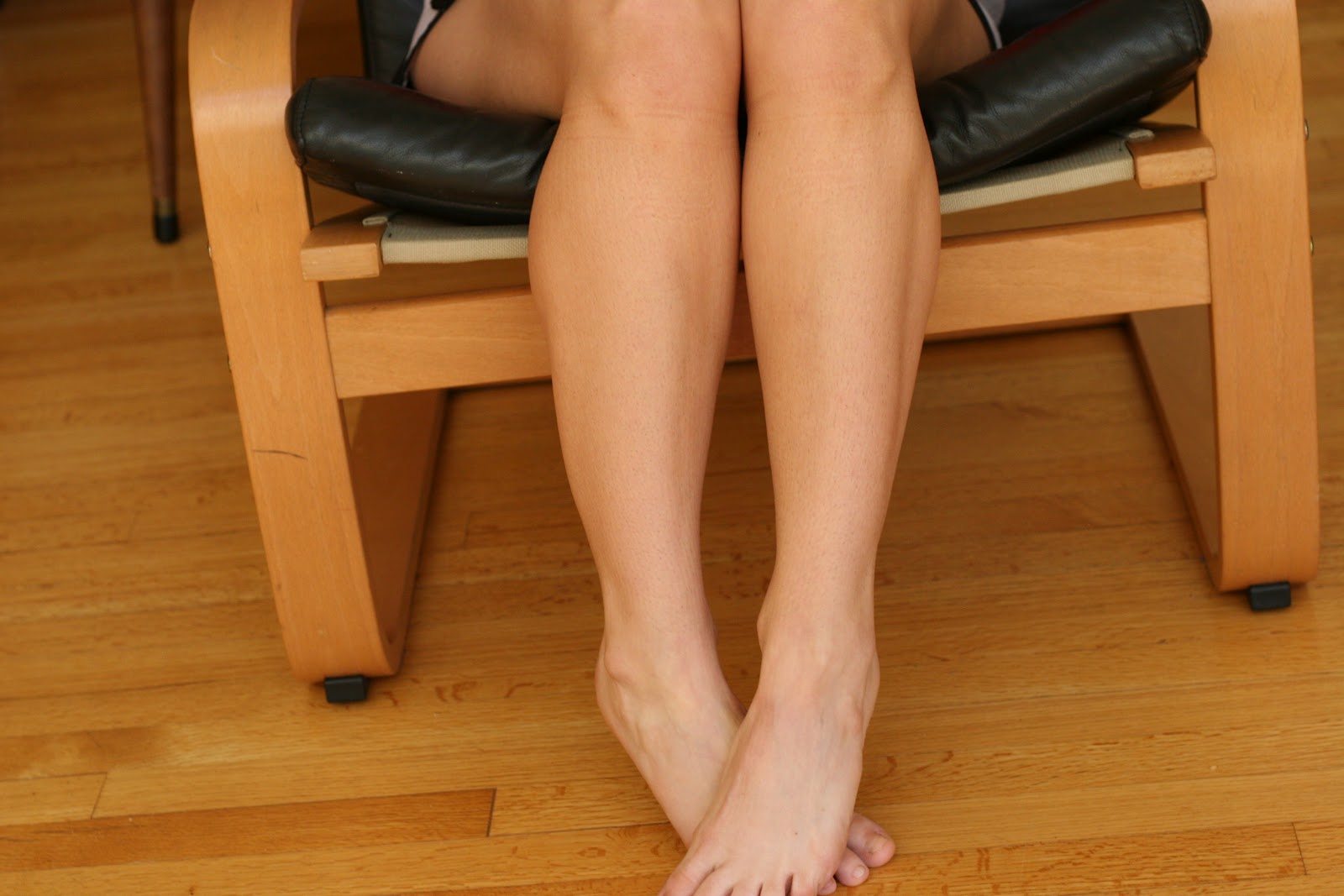Phlebitis Of Leg Veins

What is Phlebitis ? What is a blood clot ?
A blood clot in the veins, which stops the blood from flowing is known as phlebitis, which literally means an inflammation of the vein. It is unfortunately also known as superficial phlebitis, thrombophlebitis, superficial thrombophlebitis, or Deep Vein Thrombosis based upon which veins it has formed in. It occurs most commonly in the veins of the leg but it can occur in other veins in the body.The veins in the legs are divided into two systems. The superficial venous system, which is close to the skin surface, and the deep venous system, which is obviously deeper inside the leg. These two different parts of the legs circulatory system work together to return blood to the heart. A phlebitis in the surface veins is known as a superficial phlebitis and is not a medical emergency. However certain Deep Vein Thrombosis (also known as DVT’s) conditions are potentially very serious as the clots can travel to the heart and lungs.
Causes of Phlebitis
There are many potential causes of phlebitis or DVT’s but fortunately many of them are able to be reduced by common sense or medical intervention. Some are problems of the veins and some are problems of the blood itself. A few common causes include:
- The presence of varicose veins and venous insufficiency, which leads to venous backflow (also called venous insuffiency)
- Stagnation of the blood. Think of a stream of water and notice how much a lack of flow causes the water and things such as leafs to collect. This is not so unlike the lack of flow that can cause clots to form. When you cut yourself and then apply pressure to that area, what you are really doing is trying to create stagnation of the bleed so a clot can form and therefore end your bleeding.
- Trauma– even a mild bang or injury to veins may be enough to get the bodies natural clotting system to activate and create a phlebitis
- Immobility or long periods where the legs are not active may predispose a person to developing thrombosis.
- Dehydration- when this occurs the blood becomes more viscous and this thickening of the blood predisposes to clot formation
- Travel- as noted above, long car rides or plane flights, which always produce some degree of dehydration due to cabin pressure, can account for both immobility and dehydration
- Trauma from intravenous or IV needle sticks or fluid infusion but this occurs most commonly in the veins of the arm or hand
- Hypercoagulability of the blood, wherein the blood is more likely to form clots due to inherited or other medical conditions
- Pre-existing medical conditions such as certain cancers, lupus and connective tissue diseases
All We Do Is Veins™
-
Call now to schedule your FREE vein screening
Contact us today to find out more information
